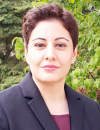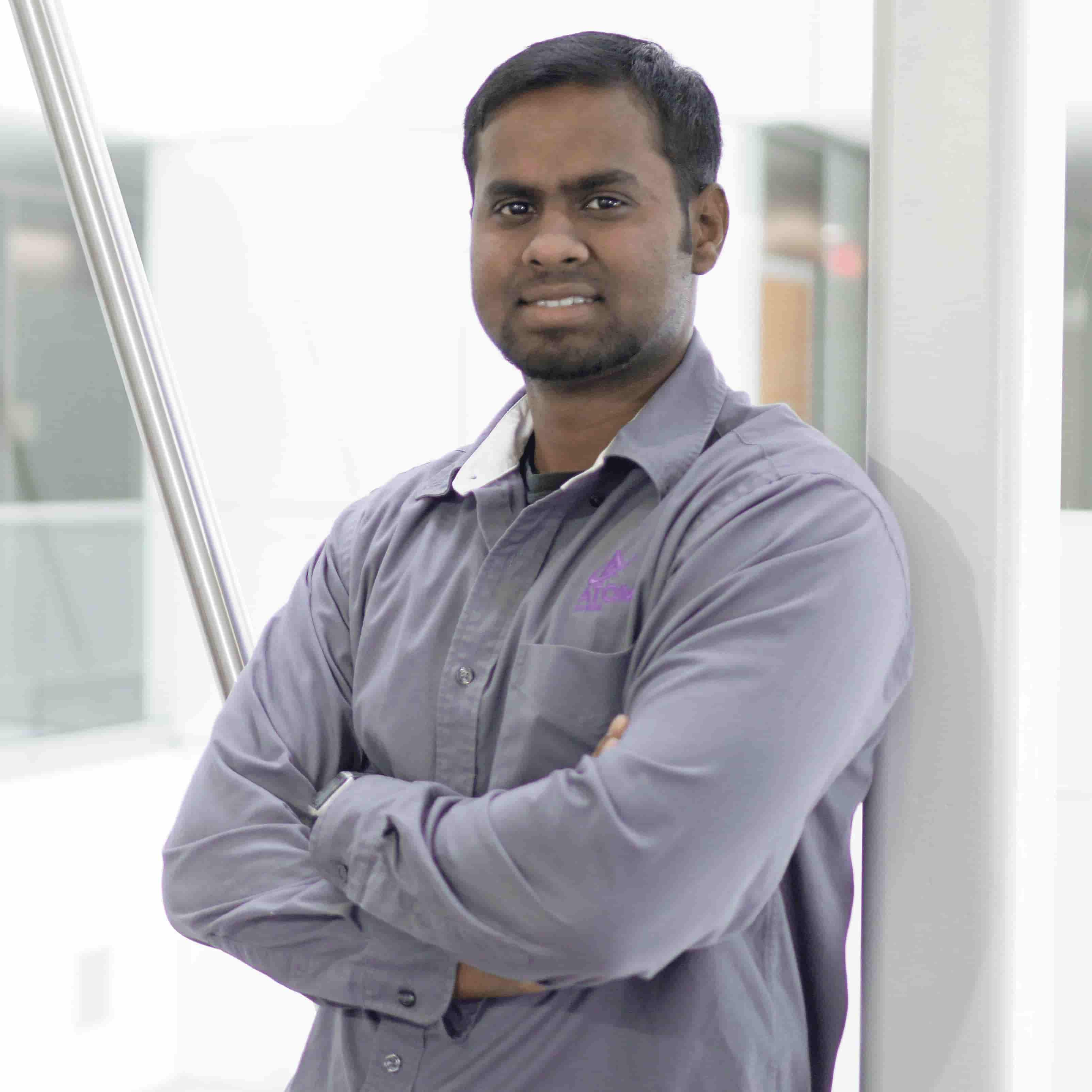An Interview with Pardis Khayyer
Pardis Khayyer of Aptiv Corporation discusses how she got involved in smart grid research and where she feels the field is headed in the future.
What is your name, what have you studied, and where have you worked in the past 3 years?
My name is Pardis Khayyer. I received my PhD in Electrical Engineering from The Ohio State University where I was a US Department of Energy Graduate Fellow at the Center for Automotive Research. Following my PhD, I joined Corporate Research and Technology at Cummins Inc. and since 2018, I have been with Aptiv Corporation.
How did you get involved with the Smart Grid as a field of the power systems research and/or industry? How would you define the Smart Grid, and what are your thoughts and aspirations on what the Smart Grid will be shaped to be in the next 10 years?
Smart Grid in Power Systems are very fascinating to me. I started by taking coursework on this topic in 2010. As a controls engineer, Smart Grids are an interesting complex system where components of this system have different dynamics, time constants, and resource availability. The stability of such a system is purely a control problem. Besides, the existence of a variety of sources and loads, including PHEV’s (Plug-in hybrid vehicles) and demand response, create a nonlinear system. Frequency control in a system with many inputs and control variables are an interesting subject. Contingency detection and event recognition for the protection of the system is also an active research area. Unlike the conventional power system, smart grid is envisioned to have more of a plug-and-play capability, which could significantly contribute to the robustness of the overall system.
During my PhD research, I applied a new control methodology to power systems with distributed energy resources to detect the state of charge of a PHEV when distributed across the entire system.
In addition to studying smart grid from an electrical engineer’s perspective, I've also studied this topic from an ethics perspective through my course project at Stanford. Like other public-involved projects, smart grid’s success depends on the willingness and involvement of all stakeholders. There are so many ethics-related considerations that rely on end-users and to the companies for the smart grid to operate and become a reality.
Research has shown that the smart grid would significantly improve power system efficiency, robustness, and resiliency in the coming years and will enable power availability in many rural areas of the world. A new smart grid system can be developed where old power systems are still dominant. Grid modernization and interactions with existing systems should be defined to make the entire system coherent.
The amount of data generated by new “smart power system components” are still not fully deployed, and most utility companies still need to develop tools to analyze and make use of the system. Uniform development and standard definitions for the AC or DC grids and their universal smart development will be a challenge.
What are two articles that you have liked from the IEEE SG eNewsletter over the past 3 years?
It is very difficult to answer! I have been an editor for the IEEE Smart Grid eNewsletter for more than 3 years, and have read and edited many great articles by renowned researchers and pioneers in the field. Due to my background, I've been specifically excited about articles focused on Control topics and the role of Electric Vehicles in the grid of the future.
Do you believe that the applications and the paradigms that have emerged from the Smart Grid research and industrial developments face challenges in their deployment? What would you identify as the most critical short-term and long-term challenges among them?
I believe that Smart Grid is a multidisciplinary field. For it to be successful, it requires collaboration between different entities. For example, some aspects of the smart grid, like smart meters and Vehicle to Grid (V2G), require policies and agreements between customers, utility companies, and vehicle OEM’s. Collaboration between these different entities is the key to success.
A short term challenge facing smart grid development is funding and investment of companies in this field. The long term challenge is consumer pushback of the topics developed for the benefit of utility companies. If consumers are not involved in the profits made through smart grid development, their involvement will be minimized, creating a challenge for further smart grid development.
How can we effectively communicate concepts, objectives, applications and paradigms that have emerged from the Smart Grid R&D to utilities and industry?
The IEEE Smart Grid Newsletter, webinars, and conferences are some of the most effective ways to communicate the latest applications and paradigms to utilities and industries.
There should be a mutual understanding of the definition and implementation of Smart Grid. Consumers as end-users should also be involved in the policy- and decision-making. Avenues should be created to facilitate a direct dialogue among the providers, utilities, and the public.
What do you think is one of the Smart Grid applications or paradigms that you find very valuable and believe could serve as an answer to the challenges faced by the power system industries of the present and the future?
I am a true believer in Distributed Energy Resources (DER’s). DER’s increase the overall power system's robustness, and enable power generation in rural areas. DER’s can also act independently in case of issues to the centralized grid structure. Renewable energy sources are carbon-free and are easily integrated into DER’s (plug-and-play capability).
For a downloadable copy of the September 2020 eNewsletter which includes this article, please visit the IEEE Smart Grid Resource Center.

To have the Bulletin delivered monthly to your inbox, join the IEEE Smart Grid Community.
Past Issues
To view archived articles, and issues, which deliver rich insight into the forces shaping the future of the smart grid. Older Bulletins (formerly eNewsletter) can be found here. To download full issues, visit the publications section of the IEEE Smart Grid Resource Center.




